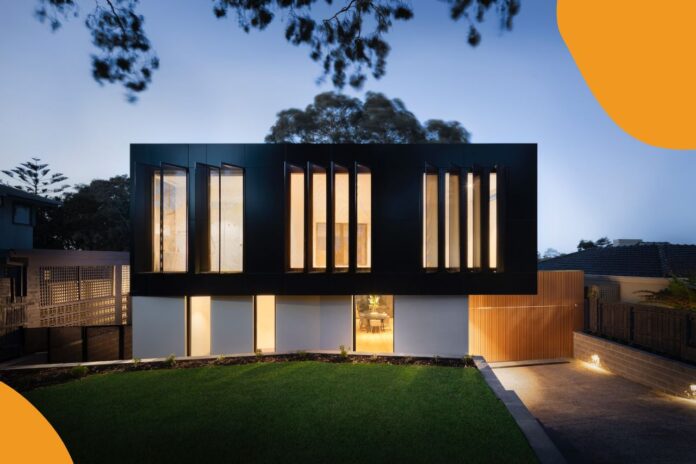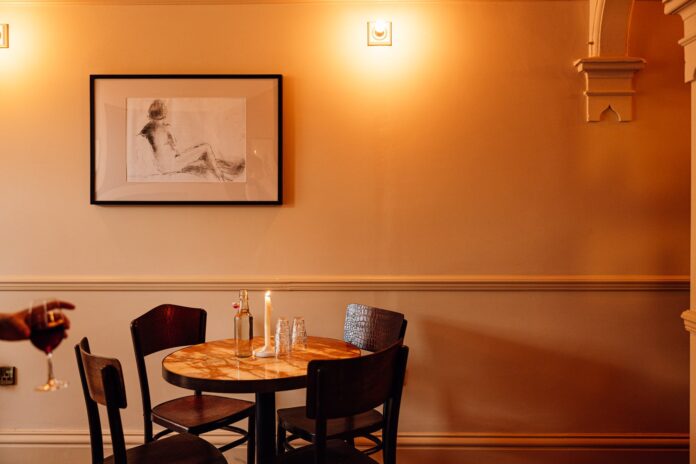When we think about optimising our workouts, our minds often dart to the latest fitness trends, the most effective exercises, or perhaps the nutritional aspects that fuel our bodies. However, there’s an often-overlooked element that plays a significant role in the efficacy of our gym sessions: the psychology of the gym environment itself.
The Psychology Of The Gym Explored
From the hues that grace the walls to the beats that pulse through the speakers, every detail can influence our motivation, energy levels, and overall exercise experience. With that in mind, here’s how to optimise your workouts based on the psychology of the gym.
The Influence Of Colour
Colour psychology is a field of study that’s as fascinating as it is practical, and its effect on gymgoers and sports lovers is certainly no exception. It’s well-established that different colours can evoke various emotional and physical responses. For instance, blue is renowned for its calming effects, promoting mental clarity and focus. It’s no wonder that you’ll often find it in yoga studios where concentration and serenity are paramount.
On the other end of the spectrum, red is a colour of intensity and urgency. It can increase heart rate and create a sense of excitement. This makes it an excellent choice for high-energy zones like spin studios or areas designated for HIIT (High-Intensity Interval Training) workouts.
Yellow, often associated with happiness and creativity, can provide an uplifting atmosphere that may be perfect for a gym setting where positivity is a key driver for returning day after day. Meanwhile, green, reminiscent of nature and growth, can help create a refreshing and rejuvenating environment, ideal for recovery spaces.
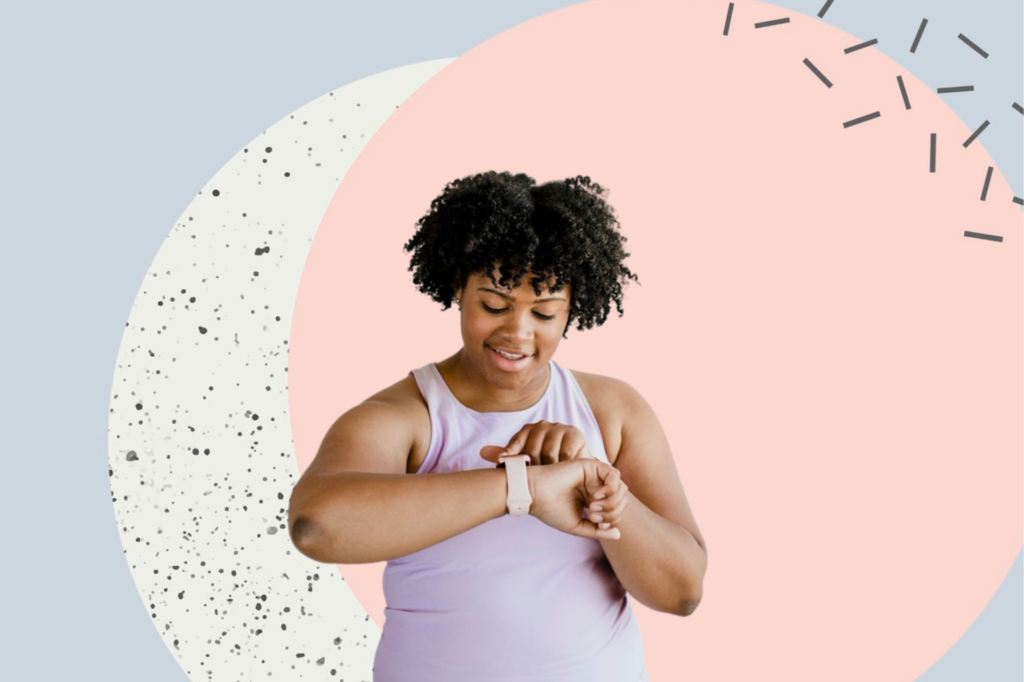
The Power Of Music
The soundtrack of your workout can be just as influential as the visual elements. Music has the power to motivate, to push you through that last set or final mile. The tempo, or beats per minute (BPM), of a track can synchronise with your desired workout pace. For instance, songs with a BPM of 120-140 are typically ideal for aerobic exercises, matching the average heart rate aimed for during these workouts.
But it’s not just about tempo. The genre of music can also play a role in how we feel and perform. Upbeat pop and electrifying dance music can provide the boost needed for cardio workouts, while rock or hip-hop with their assertive beats and bold lyrics might be the companion for strength training, helping to pump up your adrenaline.
And if you’re looking for some concrete, tangible recommendations here, then in 2020, Time named ‘Eye of the Tiger’ by Survivor, ‘Motivation’ by Normani, and ‘Till I Collapse’ by Eminem as the best workout songs of all time.
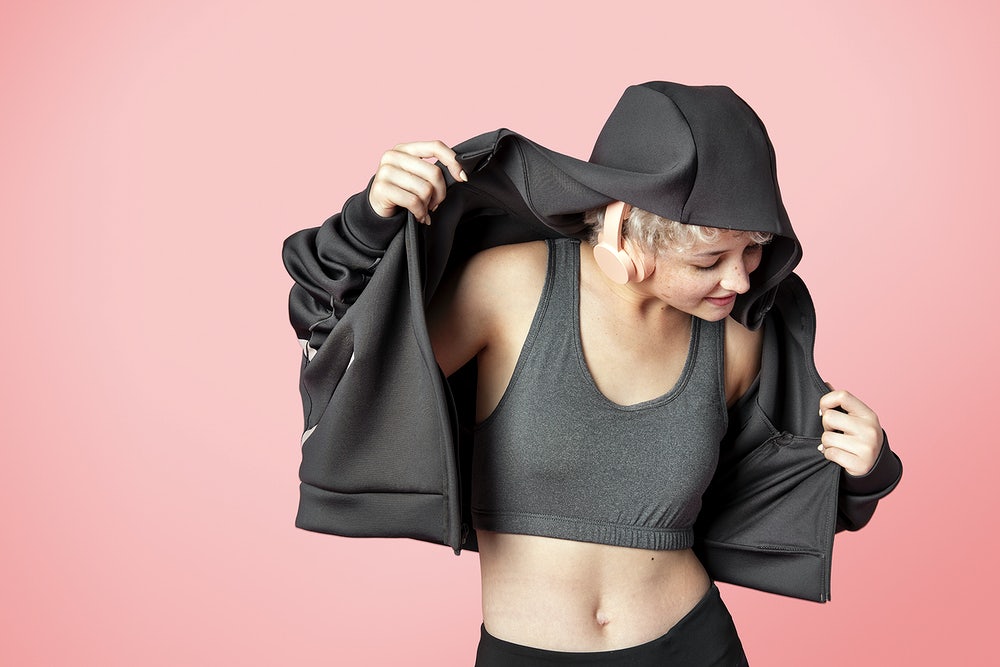
The Sound Of Silence
Conversely, the absence of sound can be just as powerful. Silence, or the use of ambient sounds, can be beneficial for mindfulness-based exercises such as yoga or Pilates. In these practices, the focus is often turned inwards, and external stimuli are minimised to help maintain concentration and internal awareness.
The Scent Of Success
Scents can also play a subtle yet significant role in a gym environment. Certain aromas can trigger different psychological responses. For example, peppermint is known to invigorate the senses and can potentially enhance performance and alertness. Citrus scents, on the other hand, are refreshing and can help in keeping the gym environment feeling clean and energised.
Read: The quintessential guide to relaxing aromas for every room in your home
The Layout For Victory
The physical layout of a gym can impact your workout routine. A well-designed space not only accommodates the necessary equipment but also encourages a natural flow that can subconsciously guide you through your workout.
Open spaces can reduce feelings of confinement and allow for freedom of movement, while designated zones can help in minimising distractions and focusing on specific types of training.
An outdoor workout, perhaps unsurprisingly, might be the best thing of all…
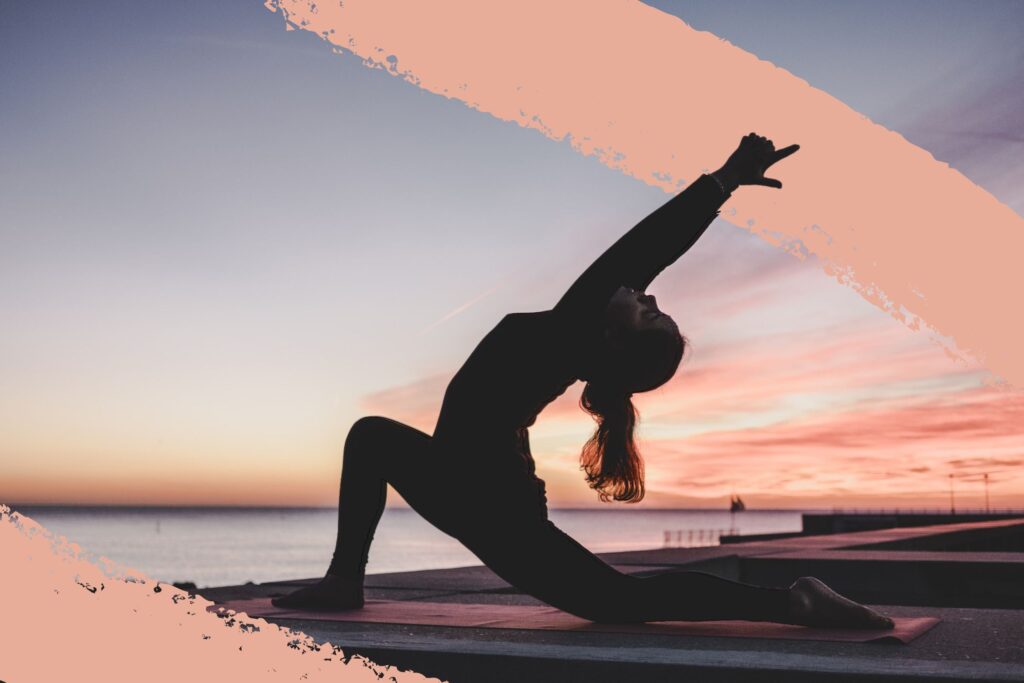
Dressing For Success
The colours we choose to wear can have a profound impact on our psychology and performance in the gym. Just as the colours of the walls and equipment around us can influence our mood and energy levels, so too can the hues of our workout attire. Wearing bright and vibrant colours such as red or orange can provide a visual stimulus that enhances alertness and energy, potentially leading to a more vigorous workout.
Conversely, cool colours like blue or green can have a calming effect, which might be beneficial for those aiming to reduce stress or focus deeply on their form and technique. Additionally, wearing active wear in black or other dark colours can have a slimming effect, which might boost confidence for some individuals, translating into a more empowered and focused workout session.
It’s also worth considering the psychological impact of wearing your ‘lucky’ gym outfit. If a particular set of gym wear is associated with a great workout in the past, donning it again can trigger a positive mindset and a readiness to replicate that success.

The Role Of Community & Social Interaction
The social environment of a gym can be just as important as the physical one. Working out in a community setting can provide a sense of camaraderie and accountability. Seeing others engaged in their workouts can be a powerful motivator, and the encouragement from fellow gym-goers can help push you through tough workouts.
Group fitness classes harness this power of community exceptionally well. They create a shared experience where the collective energy can elevate individual effort. Moreover, the presence of an instructor can provide not only guidance but also the psychological support needed to challenge oneself safely.
The gym’s social aspect can also extend to its staff. Friendly and supportive staff can create a welcoming atmosphere that makes gym-goers feel at home and more likely to return. This sense of belonging can be a significant factor in establishing a consistent workout routine.
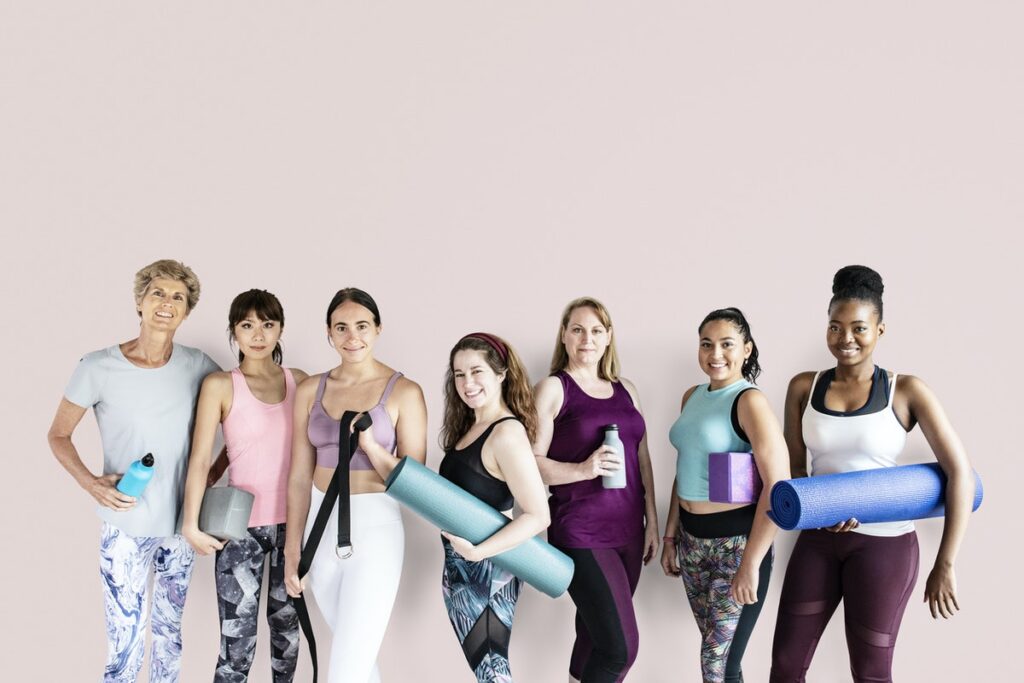
Timing Your Workouts For Maximum Psychological Benefit
The question of when to visit the gym can be answered not just by looking at our schedules, but also by understanding our circadian rhythms and psychological patterns.
Morning workouts can capitalise on the body’s elevated levels of cortisol, a hormone that helps with metabolism and alertness, making it an ideal time for those looking to kickstart their day with energy.
However, if you’re not a morning person, forcing a 6am workout could be counterproductive. Afternoons or early evenings tend to be the peak times for physical performance, with body temperature and muscle function at their optimal levels. This can be the sweet spot for those looking to hit personal bests or engage in more intense training sessions.
In terms of days of the week, Mondays are often associated with a fresh start and can be the perfect time to set the tone for a week of productive workouts. However, gyms can also be busiest at this time, which might be overwhelming for some. Mid-week sessions can provide a balance, maintaining momentum but with potentially fewer crowds.
The Bottom Line
The psychology of the gym is as much inspired by sensory experiences and environmental cues as it is a catalyst for them. By understanding and harnessing the power of colours, soundtracks, scents, and spatial design, we can create a gym atmosphere that not only motivates but also enhances the overall quality of our workouts. So next time you hit the gym, take a moment to notice the colours around you, listen to the music that’s playing, and feel the space you’re in. It might just be the key to unlocking a new level of workout potential.

